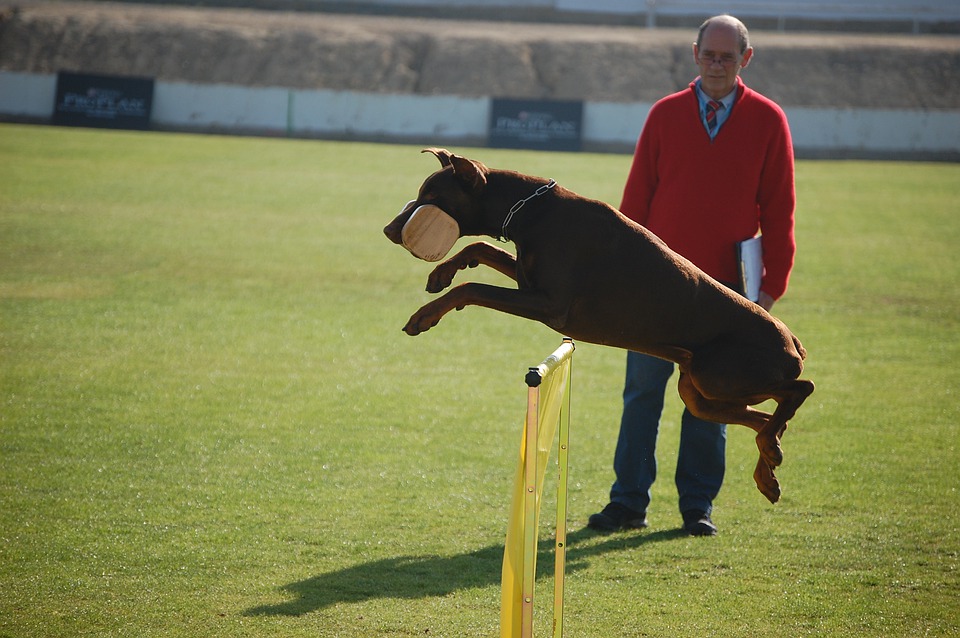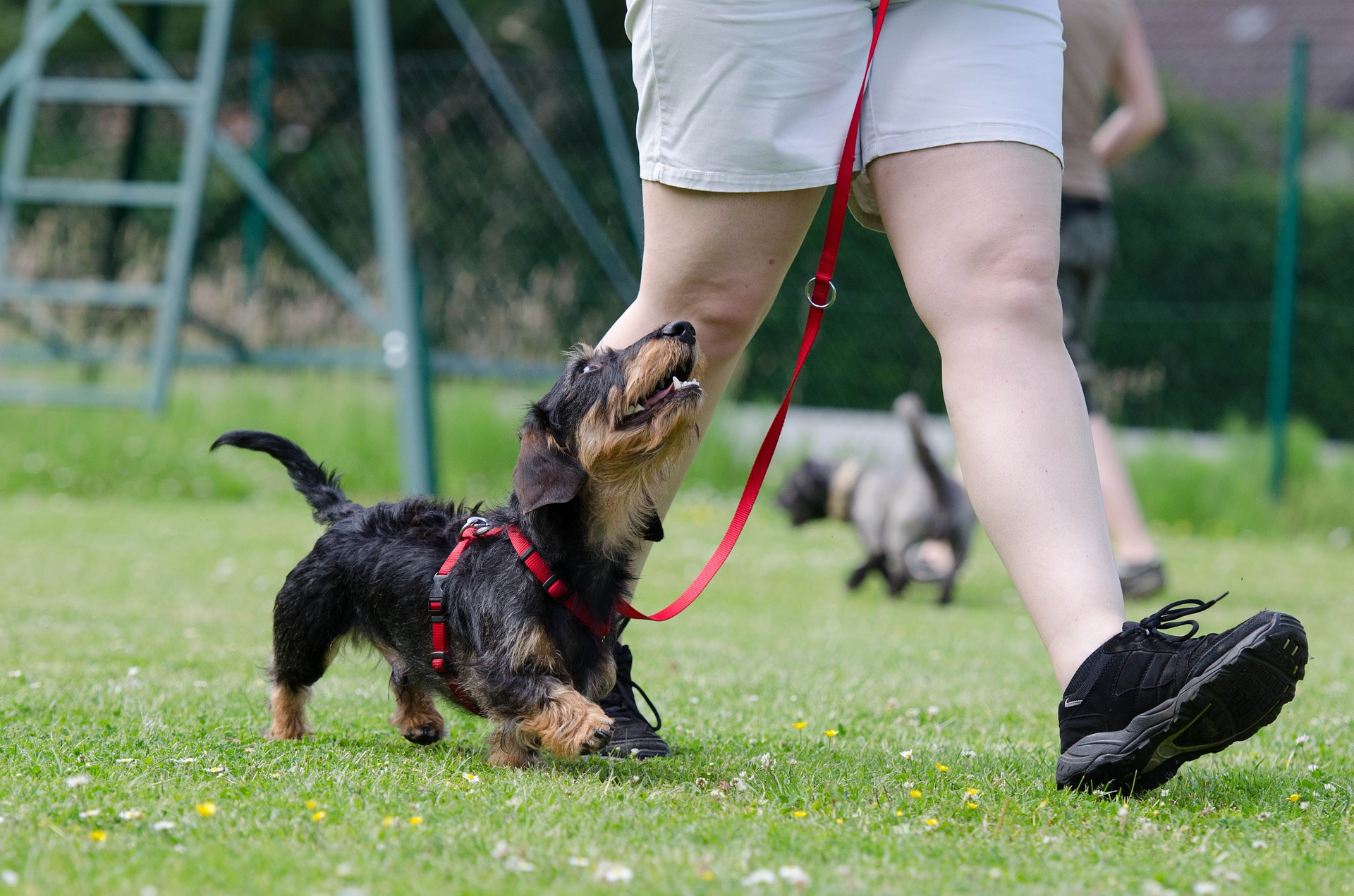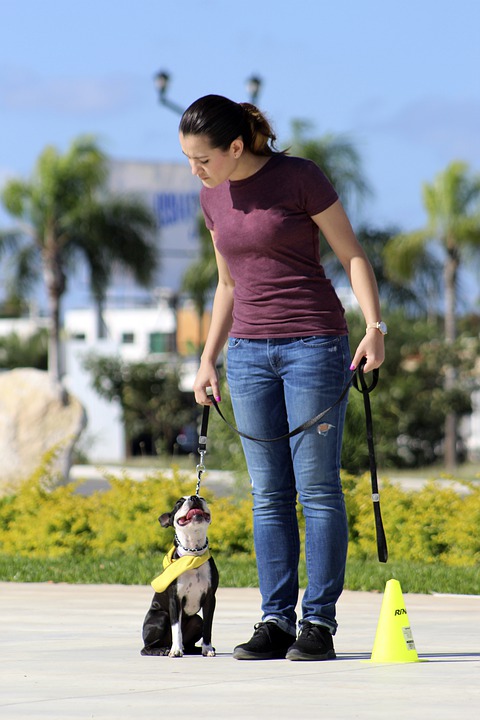One of the essential tips for dog training at home is to keep training sessions short and sweet. This is because a brief session is more effective than a long one. The second tip is to read your dog’s body language and modify your training session to work in your dog’s favor.
Short training sessions are more effective than longer sessions:
Training a dog in short, sharp sessions is better than keeping it distracted for long training sessions. Short sessions are more effective for a dog’s attention span, which is limited to five to ten minutes. When training a dog, begin the session with obedience and work your way up to three to four different skills. Ideally, each training session should include three to four activities, ending on a high note.
Dogs’ attention span varies, depending on the breed, and they can easily be distracted by other distractions. As a result, you need to limit training sessions to a few minutes rather than several hours. If you spend more than an hour training your dog, it’ll be overwhelmed with new information and easily distracted. Therefore, it’s important to break the training sessions short, so your dog can fully absorb the new information.
Modify training sessions to work in your dog’s favor:
One of the best ways to train your dog is to give positive reinforcement. Reward your dog when he does what you want, such as by using a clicker or giving him a treat. Training a dog is a gradual process, so it’s important to take it slow and remain patient.
The first thing you should do is pay attention to what your dog does. This way, you can figure out which methods work best for him. For example, a young puppy may have trouble focusing on a long training session, while an older dog may need less intense training.
Reward your dog for good behavior:
Whenever your dog performs good behavior, you should reward it. You can use a treat, verbal praise, or even a game. Make sure you use the reward your dog prefers. For example, if your dog is calm and doesn’t want to be created, you can give it a gentle fuss or stroke. If your dog is more energetic, you can reward it with a game.
Rewarding good behavior is an essential part of dog training at home. Dogs love to please their owners. When you reward them for their good behavior, they will associate the reward with that behavior. It is also important to use the same cue words when training. This way, your dog will understand the behavior, which will increase the effectiveness of your training.
Read your dog’s body language:
Dog body language tells a lot about a dog’s mood and intentions. For example, a dog cowering or hunching over may be stressed and want to escape whatever’s bothering it. A dog that rolls onto its back may ask for a belly rub, which could also be a sign of appeasement.
Dogs communicate through body language as a way to interact with their owners and with other animals. Their primary purpose is to bond with people and express their feelings. They also use body language to express their concerns for their owners.






